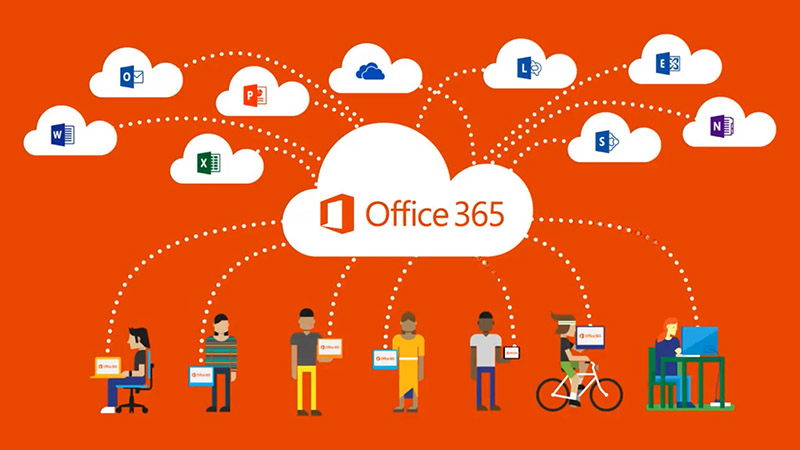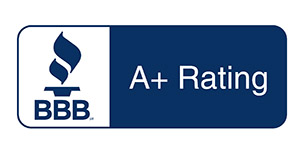Did you know that there are different technologies, or protocols, to deliver email? Did you know that Microsoft’s Exchange email protocol is the best solution for a user with numerous devices (computer, phone, tablet, etc…) and multiple users? This article will compare Exchange Online to POP and IMAP which are now older email technologies. POP and IMAP represent email solutions which are less unified and less expensive to maintain. Because of this they are commonly offered as a free service to their users. These services are usually offered free of charge thanks to revenue generated by monthly internet service fees by an ISP (i.e. Telus) or advertising revenue derived from scanning a user’s email messages for keywords (i.e. Google’s Gmail). POP and IMAP have their place in the consumer email world, but there is no doubt that Exchange email is a must for businesses. Let’s take a quick look at the evolution of email; from POP to IMAP to Exchange.
POP Email:
POP email was designed for a time when 56k modems were popular and logging on and off of the internet was the norm; I think we all remember those 56k modem screeches and beeps of days gone by. Because POP email was developed in an era of limited bandwidth, it does not support synchronization between multiple devices. As a result of this limitation POP email does not maintain continuity across multiple devices. This limitation makes it much harder to manage message status (i.e.: what has been sent and received). Now multiply this problem by the number of employees in a business; that is where it gets complicated.
IMAP Email:
Fast forward a few years, the 1990s, and email users are now excited about the introduction of IMAP email protocol. IMAP is a more robust system with features that address some of the limitations of POP email by utilizing the capabilities of broadband internet. IMAP protocol hosts a user’s messages on a server to facilitate the synchronization of multiple devices. These messages remain on the server until they are explicitly deleted by the user. This is a great help for multi-device synchronization, including folder synchronization, in a simplistic world of one user with little to no support needs.
Exchange Email:
Now we get into the good stuff; Exchange email! Most people don’t get excited about this, but the IT services and Support team at Sea to Sky does. We are huge fans of this technology because of the added value it brings to an organization. Exchange offers greater management, security and communication capabilities that help a company manage its intellectual property. Until recently, this technology required an onsite server and continuous support to make sure security patches and updates were installed. The costs associated with this discouraged a lot of SMB owners from purchasing the product. Thankfully, Microsoft recognized the need for hosted Exchange and has since released Office 365 Enterprise plans which offer hosted services in a monthly subscription model. This is proving to be hugely successful and paves the way for growth in the feature set of Office 365.
Exchange’s unique features, thus far, include:
– Better support and synchronization for email, calendar, contacts, tasks, notes, etc…
– Shared calendars and group collaboration features,
– 25GB mailboxes,
– Slick integration with installed Microsoft Office software (Outlook, Word, Excel, PowerPoint, etc…) including Office:Mac 2011,
– Growth into SharePoint Online and Lync Online for document sharing and online video, audio and screen sharing conferences,
– Full Push Email (aka always-on) capability.
Advanced security and productivity management capabilities, include:
– Legal hold (in case an employee deletes emails),
– Exchange Forefront (enterprise class spam and virus protection),
– Message archiving (backup of all messages),
– 99.9%, financially backed, uptime (ask for details),
– Remotely disable accounts through an administrative console if a device is lost or stolen.
Exchange email services are charged on a per user, not per email address, basis to help reduce costs. Contact a Sea to Sky IT support technician for more information (www.seatosky.com). Additionally, Office 365’s services are advertisement free and do not use your company’s data for marketing purposes.
Here is a short video to help explain the day in the life of an Exchange Online user:
Video: Office 365, Exchange Online
Next up, we will provide a review of Office 365’s SharePoint Online service; stay tuned!
– Sea to Sky Team



